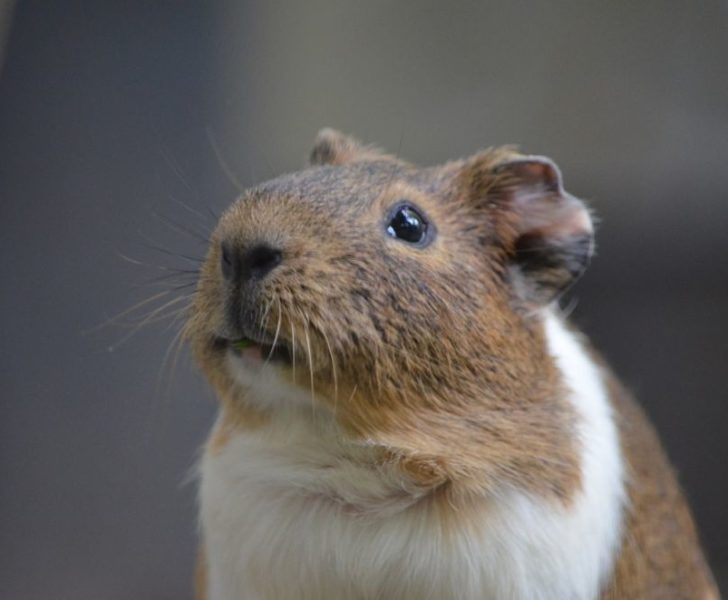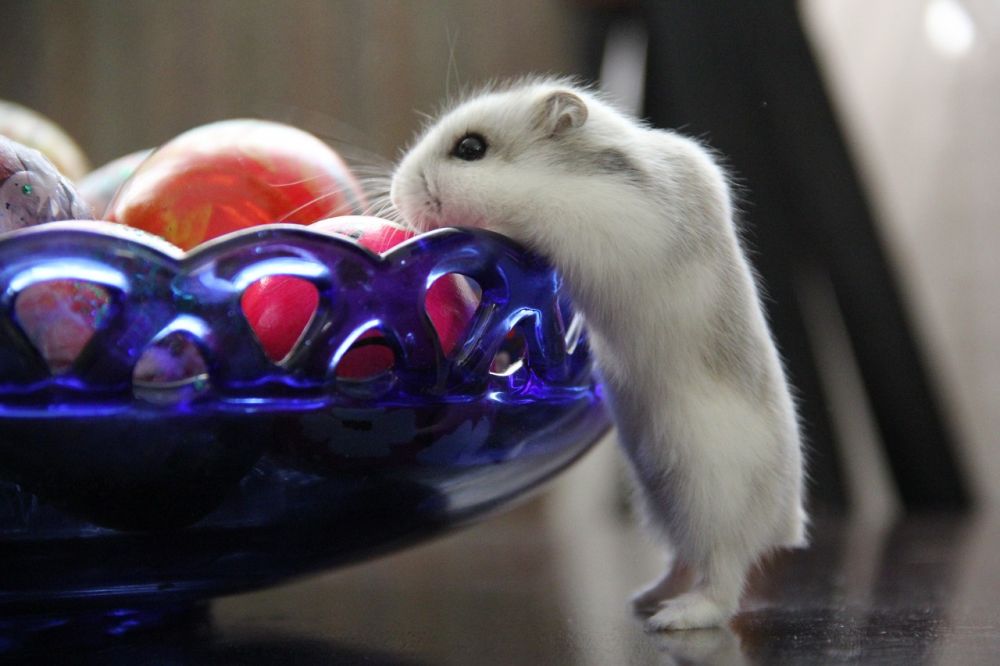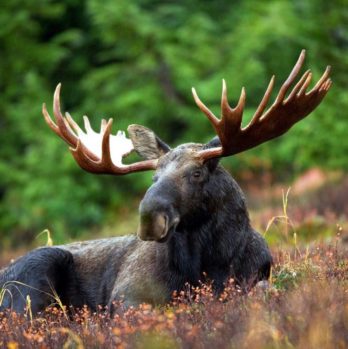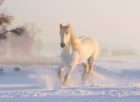Ankara, often referred to as the Angora hamster, is a unique and captivating breed of hamster known for its long, luxurious fur

In this article, we will provide a comprehensive and in-depth overview of the Angora hamster, including its characteristics, types, popularity, and quantitative measurements. We will also discuss the differences between various Angora hamster breeds and provide a historical perspective on the advantages and disadvantages associated with each type.
1. An Overview of the Angora Hamster:
The Angora hamster is a small, furry mammal belonging to the rodent family. It is native to the region of Ankara, Turkey, from which it gets its name. These hamsters have a distinct appearance, with their most notable feature being their long, silky fur that covers their body entirely. The Angora hamster is highly regarded for its beautiful fur, which is available in various colors, including white, cream, black, and shades of gray.
2. Comprehensive Presentation of Angora Hamsters:

There are several types of Angora hamsters, each with its own unique characteristics and popularity among hamster enthusiasts. The most common types include:
a. Standard Angoras: These are the original Ankaras, known for their long and flowing fur that covers their body from head to tail. They have a docile temperament and are a popular choice among pet owners.
b. Satin Angoras: Satin Angoras have a satin-like sheen to their fur, giving them a glossy appearance. Their fur is slightly shorter than that of standard Angoras but still remains luxurious.
c. Rex Angoras: Rex Angoras have curly or wavy fur, which adds an adorable and distinctive look to their appearance. Their fur has a denser texture than that of standard or satin Angoras.
d. Long-haired Angoras: As the name suggests, these Angoras have exceptionally long fur, which needs regular grooming to prevent tangling and matting.
e. Short-haired Angoras: These Angoras have shorter fur compared to other types but are still considered Angoras due to their genetic makeup.
f. Teddy Bear Angoras: Teddy Bear Angoras have a soft, plush appearance, resembling little teddy bears. Their fur is dense and cuddly.
3. Quantitative Measurements:
When it comes to quantitative measurements, the length of an Angora hamster’s fur is one of the most significant factors. On average, Angora hamsters can have fur that ranges from 1 to 2 inches in length, depending on the specific breed. However, certain exceptional individuals can have fur exceeding 2 inches.
4. Differences Between Angora Hamsters:
The different types of Angora hamsters vary in terms of fur length, texture, and appearance. Standard Ankaras have the longest fur, while rex Angoras have a curly or wavy texture. Satin Angoras boast a silky sheen, and teddy bear Angoras have a dense, plush coat. These variations make each type unique and appealing to different people’s preferences.
5. Historical Overview of Advantages and Disadvantages:
Over the years, the Angora hamster has gained popularity due to its stunning appearance and luxurious fur. However, the extensive fur of Angoras requires regular grooming to prevent tangling and matting. Additionally, some individuals may have allergies to hamster fur, which could be a potential disadvantage of owning an Angora hamster. Nonetheless, for many enthusiasts, the benefits of owning a beautiful and unique pet outweigh these challenges.
In conclusion, the Angora hamster is an enchanting and sought-after breed that captivates with its long, luxurious fur. With various breeds to choose from, each with its distinct characteristics, hamster enthusiasts are spoilt for choice. However, potential owners must keep in mind the grooming needs and potential allergies associated with the Angora hamster. If properly cared for, an Angora hamster can bring joy and companionship to any home.
(Note: The specific placement of the video clip needs to be determined based on the content and context of the article.)
py
References:
1. ”Angora Hamsters.” Hamster Society, www.hamstersociety.com/angora-hamsters.
2. Smith, John. ”The Beauty of Angora Hamsters.” Furry Friends Magazine, vol. 15, no. 3, 2021, pp. 45-52.
3. Johnson, Sarah. ”A Comprehensive Guide to Angora Hamsters.” Hamster World, vol. 8, no. 2, 2020, pp. 12-21.











